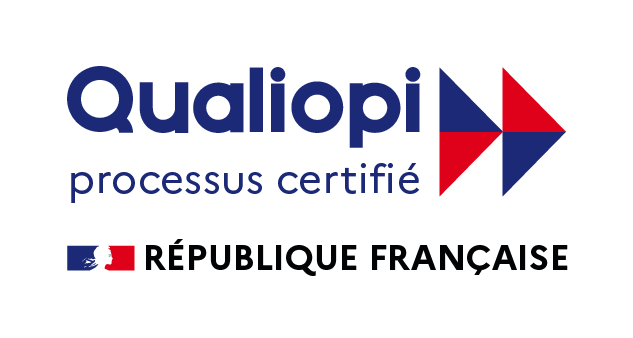Reading time: 5 min
Volatility. Uncertainty. Complexity. Ambiguity. We’re not talking about your good resolutions for 2020, but about the context in which companies are developing today.
The acronym V.U.C.A. was introduced in the 90s to describe the period of instability that followed the collapse of the Soviet Union. Today, we use it to describe a world in constant evolution, where the digital environment is everywhere, taking up more and more of our time. V.U.C.A has thus become a grid for reading our professional and personal environments.
A V.U.C.A. WORLD
In concrete terms, what does this V.U.C.A. reading grid tell us?
Volatility. The environment is disruptive and unpredictable. Projects and strategies must adapt quickly and flexibly to these changes.
Uncertainty. Uncertainty refers to the impossibility of predicting future events, which generates a feeling of insecurity.
Complexity. Complexity refers to the ever-increasing amount of information to be processed around us, and its interdependence. This is particularly the case with the development of digital technology (we spoke to you here about the growth in the amount of information to be processed and the negative impact on cognitive functions).
Ambiguity. Mixed responsibilities, different interpretations of the same event, conflicts of interest… all contribute to an ambiguous context that is not conducive to action.
WHAT IMPACT DOES UNCERTAINTY HAVE ON HUMAN FUNCTIONING?
The human brain naturally dislikes complexity. Our cortex even tends to reduce it as much as possible by simplifying, rationalizing and fitting every perception into known patterns. In this way, we can make sense of events and, above all, save energy.
One of the most popular theories in neuroscience focuses on how the brain deals with uncertainty. It’s called predictive coding.
According to this theory, our neurons are constantly trying to predict what might happen to us. Why do we do this? To adapt ourselves as much as possible to our environment.
They predict all our sensations: what we’re going to see, hear, touch, smell and taste. Our sensory perceptions confirm or refute the predictions made by our neurons.
For example, I’m at work and I meet a new customer. I expect him to be polite to me and to shake my hand, since we don’t know each other (prediction).
However, when he arrives, he gives me a kiss and says hello straight away.
As soon as we perceive an error between what we have predicted and what we actually perceive, we have a choice between two responses:
1/ Adaptation: we modify our behavior or change it entirely to match reality. I adapt and start talking to her too, adopting a more informal attitude.
2/ Action: through behavior, we’re going to try to change the world so that it corresponds more closely to our model. I refuse to adapt to his model, and ask him to change to the formal form of address.
When a person doesn’t know how to respond to an event they hadn’t anticipated, stress is born. The essence of stress is uncertainty.
In stressful situations, we try to reduce uncertainty: we pay closer attention to our environment in order to gather more information. However, this requires an enormous amount of energy. When the energy normally supplied to the brain isn’t enough, the body draws on its reserves. In the long term, the negative consequences of stress on the body accumulate, and can lead to disturbances in cerebral, cardiovascular, neuroendocrine, inflammatory and metabolic functioning. These dysfunctions lead the body into a vicious circle, diminishing its ability to respond adequately to stress.
HOW TO DEAL WITH V.U.C.A AT WORK?
So we all agree that we need a strategy for dealing with volatility, uncertainty, complexity and ambiguity. Without an effective strategy, it’s easy to fall into a pattern of behavior that seeks at all costs to simplify reality and turn gray into black or white: categorization and stereotyping. When there isn’t enough clear information, we tend to use general references.
We can list 6 positive strategies for protecting employees’ physical, mental and social well-being.
1/ Authenticity. Honest, trustworthy management that leads by example, that “walks the talk”.
2/ Communication. Managers need to communicate clearly and openly to reassure their staff.
3/ Listen with the intention of understanding and acting as best we can.
4/ Clear vision and objectives
5/ Create a climate of trust and team spirit within the company, so that we can “stand together”.
6/ Flexibility and agility for rapid decision-making.
Author: Anaïs Roux

